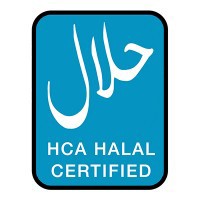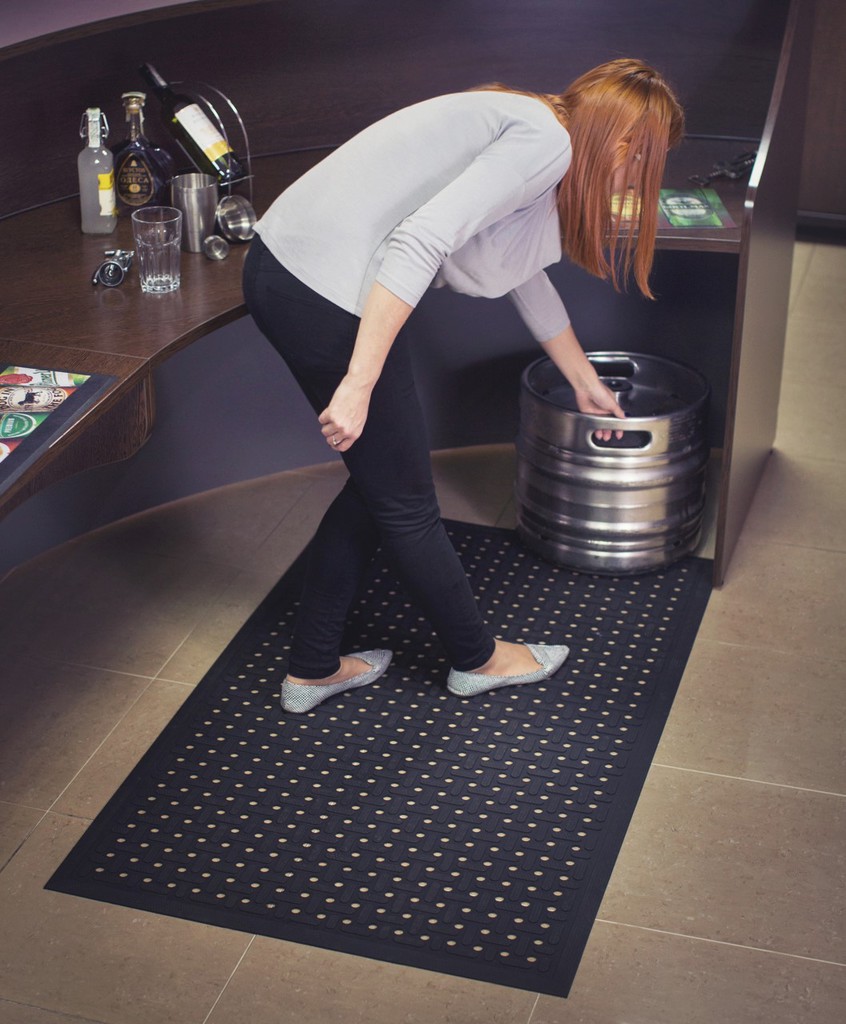The forgotten front of germ warfare
The fight to keep food production areas free of health-threatening microbes needs to happen on the floors as well as other surfaces, says James White, MD of Denis Rawlins. And staff need to be armed with the right equipment and data
Safeguarding food and hygiene against the constant threat from bacteria and other contamination is an ongoing battle. But there is a forgotten front. Compared with other surfaces in kitchens and food service areas, floors tend to be neglected. Yet in catering premises floors present a real risk to the health and safety of consumers as well as staff.
For almost 50 years Denis Rawlins Ltd has been advising kitchen managers and their cleaning teams on the most effective and efficient cleaning techniques. In recent years our understanding of hygienic cleaning has advanced considerably. Cleaning practice generally has not kept up.
The challenges
Floors inevitably accumulate soil as shoes track contaminants from outdoors, washrooms as well as grease and spillages. What’s not so keenly appreciated is how bacteria multiply in cracks and crevices, and the grout lines of tiled floors, especially in a warm, moist environment – and how common cleaning methods fail to dislodge, neutralise and remove them.
Studies show not only that floors can become reservoirs of health-threatening pathogens, staff have many direct and indirect contacts to transmit them every day. Apart from the more obvious lapse – such as reusing a dropped utensil – microbes can find their way from floor to food by re-tying a trailing shoelace or lifting a carton or box from the floor to a worktop.
As kitchens and other food preparation areas are busy, pressured environments, floor cleaning needs to be fast and effective. However, traditional methods such as mopping fail on several counts.
The most fundamental requirement for hygienic cleaning is soil removal. Mopping spreads more contamination than it removes, as the mop-head is immersed in dirty cleaning solution, and returned to the floor. Even with a firm hand, a mop won’t yield enough pressure to clear bacteria embedded between tiles or in other crevices.
Faith in disinfecting agents is also misplaced. Cleaning floors with disinfectants kills bacteria, but doesn’t remove them. Dead bacteria are left behind as a ready-meal for the next wave of microbes. Given this food source, they can then more easily multiply. Growing bacterial resistance increases the risk.
Any time a chemical is used to kill microbes, there’s a risk of promoting resistance. Even if the sanitiser is thoroughly applied, some can be expected to survive. If they’re immune, they proliferate and disinfectants become increasingly less effective. Also, certain bacteria – such as E coli, salmonella, listeria and campylobacter – can produce biofilms that help them avoid contact with the cleaning solution in the first place.
So, far from being the answer, disinfecting dirt without removing it is ineffectual. And floors that look and smell clean can still harbour a stomach-churning mix of microbes. Which is why we test before and after cleaning to gauge effectiveness.
Measuring cleaning methods
A hand-held ATP monitor measures the level of adenosine triphosphate (ATP) – the universal marker for animal, bacterial and mould cells. We have extended ATP testing from work surfaces to floors and common touch points.
In the US, scientists used ATP meters and plates contaminated with bacteria to test mops against other methods. Microfibre mopping cut bacteria levels by 51% at best, but dragged the E. coli back into clean areas, so overall effectiveness dropped to 24%.
A scrubber-dryer eliminated 99% of bacteria, and its performance was matched by another automatic, yet comparatively low-tech machine (the OmniFlex Crossover System) which – although costing the fraction of a scrubber-dryer – was 2-3 times faster than mopping. In contrast to mopping, both these methods crucially involve removing soils along with the contaminated cleaning solution and applying fresh solution to the floor as they clean.
As a company, we measure return on investment as well as hygienic cleanliness. It is significant that cleaning teams in the food service sector can – even with minimal cleaning budgets – be 30-60 times more effective at removing dirt and contaminants from greasy kitchen floors.
So, armed with the right equipment and information, catering staff can keep the germs at bay with measurably safer and more cost-effective cleaning.






